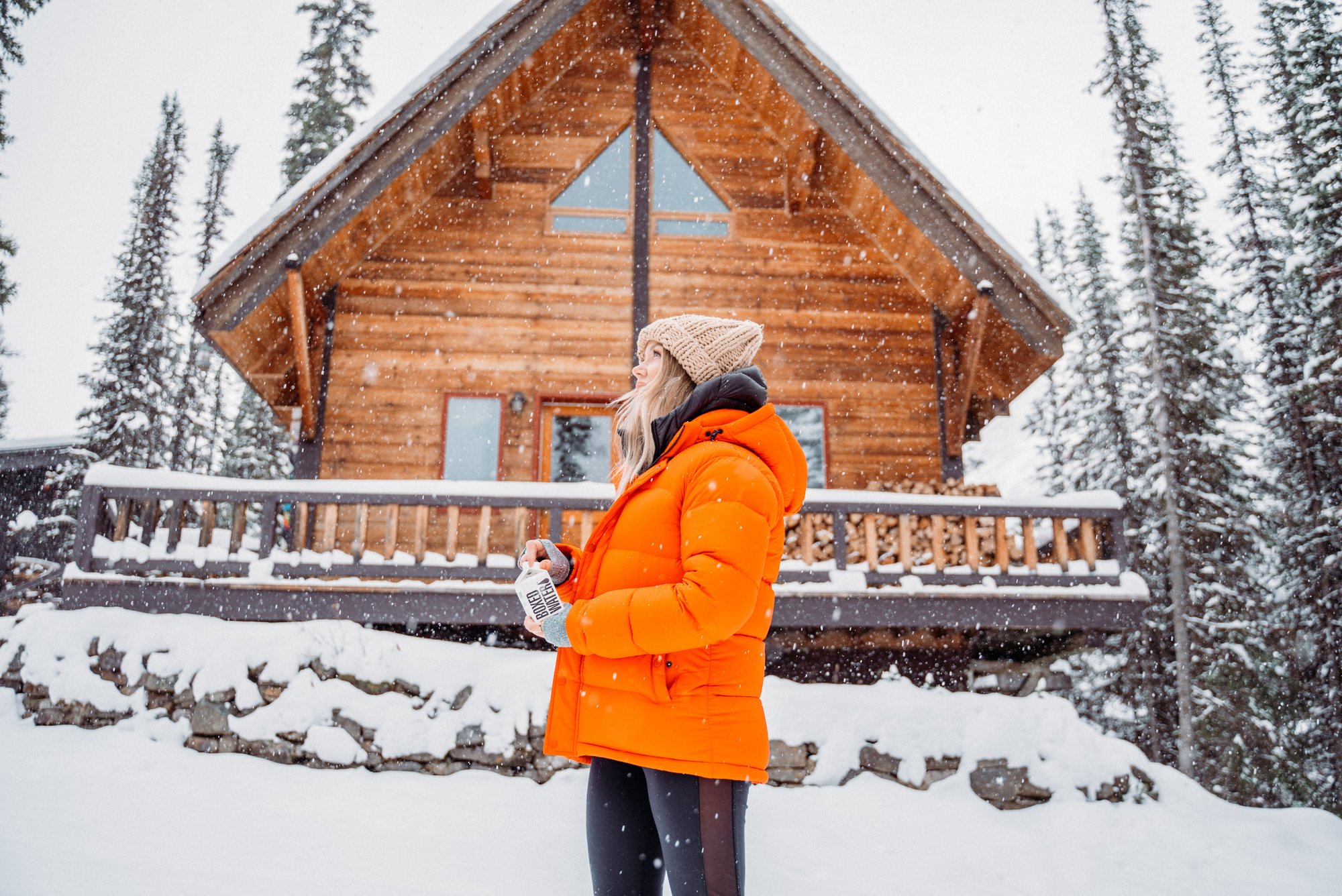Kids back in school? Check. Fall foliage fallen? Check. Holiday season just around the corner? Check. By the time you read this, there may or may not be frost on the ground, but we’re definitely getting there.
All of which means that Old Man Winter is nigh and he’ll be staying for a few bone-chilling months. But, before you go blithely dashing through the snow or rambling down a forest trail, there are some things both homeowners and renters should consider to keep the cozy going for those frigid winter months ahead.

1. Check the gutters.
Prevent ice dams by cleaning out your gutters, installing gutter guards (if feasible) and making sure the attic floor is properly insulated. The attic itself should be well-ventilated and about 10 degrees warmer than outside.
2. Protect the pipes.
Protect against frozen pipes by insulating those that could be susceptible to freezing. With severe temperature drops, keep a stream of water running in a few faucets to guard against freezing and bursting.
3. Seal the cracks.
Caulk around holes and openings to help prevent cold air from seeping in. Install weather stripping and seals around openings such as windows, doors, air conditioners and mail chutes.
4. Stop the slips.
Keep driveways and sidewalks clear of ice and snow and repair any issues with steps and handrails.
5. Install an emergency release.
Consider installing an emergency pressure release valve in your plumbing system. This will protect against increased pressure caused by freezing pipes and can prevent them from bursting. It’s also a good idea to learn how to shut the water off and know where your pipes are located.
6. Keep it cozy – insulate!
Set your thermostat for at least 65 degrees and make sure your house or apartment is well-insulated. According to the EPA, attics should have a minimum of R-38 insulation, which is typically between 10 and 14 inches deep. A properly insulated attic floor will prevent heated air in the rooms below from flowing into the attic. It’s equally important to caulk all ceiling penetrations—holes around pipes, ducts, and wires—and to place an insulated cover over the attic hatchway or stairway.
7. Have your heating system checked.
Fireplaces, furnaces, boilers and chimneys should be serviced yearly to clear any buildup and to keep them running efficiently.
8. Test your detectors.
Residential fires are more common in winter, so it is important that all of your smoke detectors work. Check them monthly and replace batteries as needed. You should also consider installing a carbon monoxide detector to avoid inadvertently trapping this toxic gas in your home.
9. Clear the yard.
Keep the trees trimmed and remove dead branches and debris from your yard. Ice, snow and wind can weaken trees and cause branches to fall and potentially damage your home, car or even yourself and others.
10. Detach your hoses.
Remove all attached garden hoses, drain them and store them away. Shut off the valves and insulate the faucet. If you’re a “snowbird heading south for the winter, you should consider turning your water completely off and having the plumbing system drained to keep pipes from freezing. Also, have a friend or neighbor check on your home regularly to spot any issues or damage.
* * *
Thinking about making a move to the Hudson Valley?
Let us move you!
Check out some of our featured listings HERE
or call us today (845-679-2010) to get an accurate idea of how much your home is worth.
Posted by Lisa Halter on



Leave A Comment